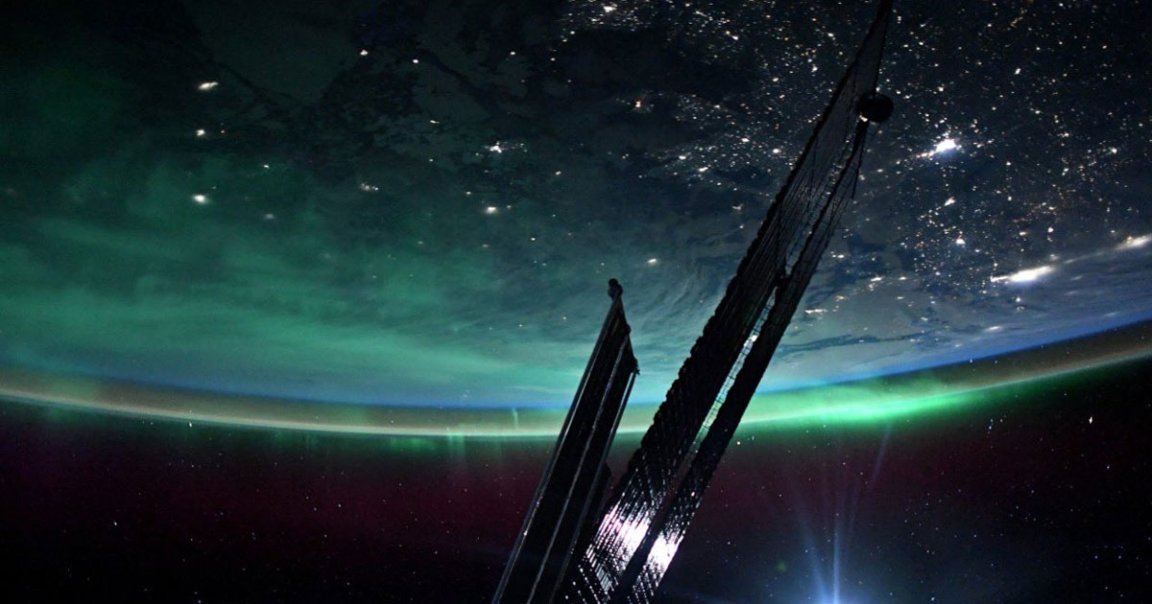
Unreal Engine
It’s a rare natural phenomenon that only a few us of have been lucky enough to witness in person.
During intense periods of solar winds, charged particles from the Sun interact with our atmosphere, resulting in a fireworks show of dazzling colors in the sky, a spectacle referred to as the Northern Lights or the aurora borealis.
The sight is even more impressive when viewed from hundreds of miles above the surface, as evidenced in a glorious new image taken by NASA astronaut Josh Cassada, who recently witnessed an aurora from the International Space Station.
“Absolutely unreal,” he wrote in the photo’s caption. The image shows the curvature of the Earth at night, with a greenish-turquoise haze covering the horizon, an out-of-this-world experience that only the luckiest space travelers have witnessed.
Solar Storm
The northern lights are particularly visible these days as the Sun nears the apex of its 11-year cycle. Solar winds, triggered by coronal mass ejections, have already resulted in large amounts of plasma slamming into our planet’s atmosphere.
A massive coronal mass ejection last week also contributed to the powerful geomagnetic storm. In the northern UK, in particular, auroras have amazed skywatchers. Stunning photos shared on social media show a light spectacle over Stonehenge.
One commercial airline pilot went as far as to make a 360-degree turn to allow passengers on both sides of the aircraft to view a dazzling show off just off coast the Faroe Islands.
There will be plenty of opportunities in the coming years to view the northern lights as the Sun approaches the peak of its cycle around 2025. And we can’t wait for the next batch of photos.
READ MORE: ‘Absolutely unreal:’ NASA astronaut snaps amazing photo of auroras from space station [Space.com]
More on northern lights: Astronomers Spot Stunning Auroras On Jupiter’s Moons